 How to give the gift of plastic surgery.
How to give the gift of plastic surgery.
Looking for the perfect gift this holiday season? That perfect gift may just be a plastic surgical procedure. Here are a few tips if you are considering this most thoughtful and personal of presents.
- Only consider this if your loved one has confided in you that he/she is considering “doing something” or that he/she just wishes that he/she could just “get rid of this ______(fill in the blank)”. Remember, it’s about him/her, not about you.
- Make sure the lucky recipient is a good candidate for surgery. Good candidates for surgery are in good heath (physically and mentally) and are in a socially stable place in their life. If in doubt, shoot me an email and I can probably make an educated guess. Do not, I repeat, do not give the gift of liposuction as a substitute for weight loss. Need convincing that doing so is a bad idea? Check out my blogs on obesity.
- Make sure that you can afford the surgery! You wouldn’t want to have to back out because of sticker shock. I have a lot of ball park prices posted on my web site. Or feel free to shoot me an email and I can give you a financial idea of how much this could set you back.
- Make sure that lucky guy/gal will be able to take enough time off of work and/or household duties to recover. It’s misery to try to get back to work too soon. You want your gift to be a positive experience. I have recovery times listed for most procedures on my web site. Or shoot me an email.
- Make sure you have nice package to present. You can’t wrap up a tummy tuck or eyelid lift, but you can wrap up something they might love to wear or use after all the discomfort and bruising is gone. Maybe something sassy from Hanky Panky for that mommy makeover patient or a pair of beautiful Firefly earrings for that eyelid lift patient. Or for that dude of yours, how about a nice pair of Ethica boxer briefs You can include one of my practice brochures and a procedure brochure. Oh, I can just hear the shrieks of joy now!
And just think, your gift of plastic surgery will last years, even decades. You and your loved one will be enjoying the benefits much longer than a new car or television or laptop. Do the math. It could end up being a great value as well as a great gift!
HAPPY SHOPPING AND THANKS FOR READING! Dr. Lisa Lynn Sowder
I would be honored if you followed me on Instagram @sowdermd and @breastimplantsanity.


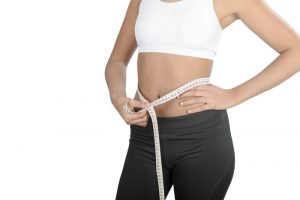
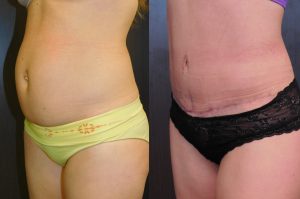




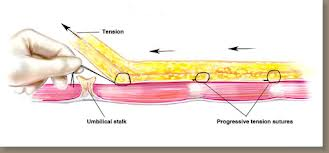
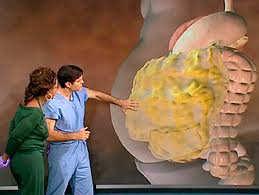
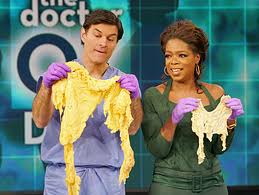
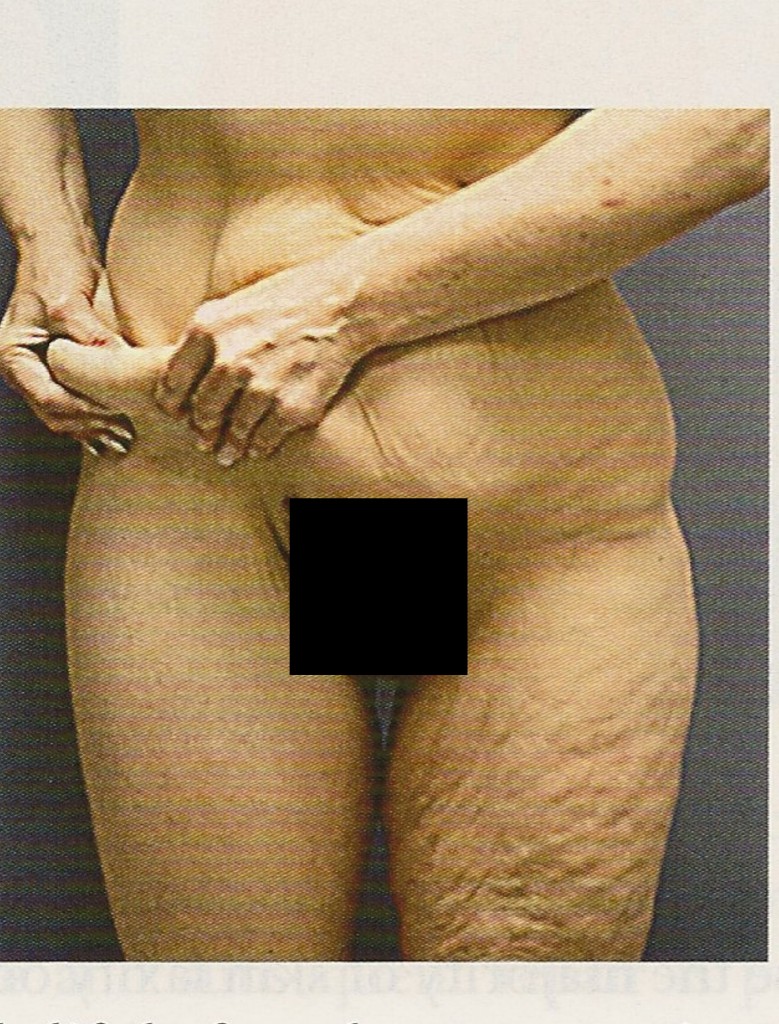
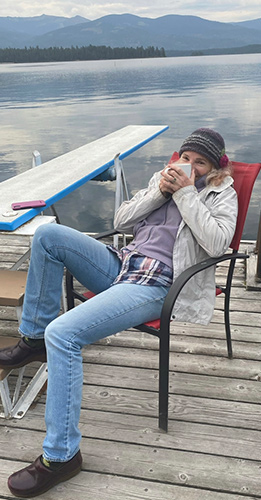
 @lisalynnsowder
@lisalynnsowder
